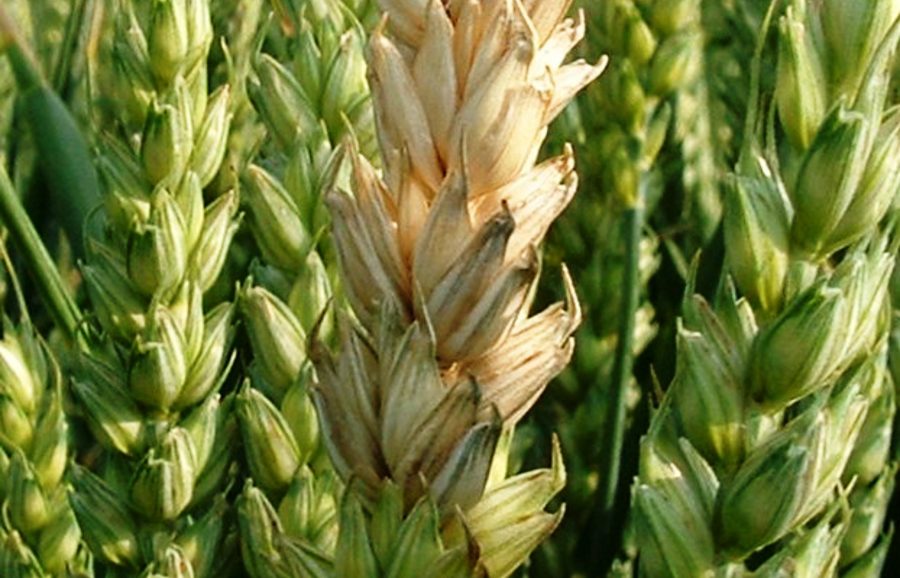When margins are tight, some growers may look to make savings on the T3, but with changing weather patterns, is it a risk worth taking? James Boswell, Hutchinsons agronomist based out of Canterbury, shares his views.
Recent years have seen a distinct trend of higher disease pressure later in the season, with 2024 proving a rather stark example of this.
It remains to be seen how the rest of this season plays out, but if conditions around flowering are unsettled, then a robust ear wash fungicide will be a worthwhile investment to guard against ear diseases, such as fusarium, microdochium and sooty moulds and to top up foliar disease control.
Growers cannot afford to let rust or septoria run rampant on upper leaves and risk wiping them out before grain filling occurs and, particularly in high value milling wheats, before protein is moved into the ear.
Even if disease pressure is relatively low around flowering, a T3 applied at growth stage 63 to 65 is still worthwhile to maintain protection through the remaining weeks to harvest. A dry spring may slow disease spread up the canopy, but rust and septoria inoculum is still present, and we know from past experience how quickly diseases can take off, particularly if fungicides are compromised in any way.
Choosing the best option
As ever, tailor product choices to individual situations and disease risk, balancing the need for both foliar and ear protection.
Traditionally, T3 applications are azole-based, possibly with a strobilurin for disease control and green leaf retention.
Prothioconazole, metconazole and tebuconazole all remain cost-effective options for protecting against ear diseases, particularly when used in combination (e.g. prothioconazole + tebuconazole). In lower risk seasons, this may be sufficient for many crops. However, if septoria and rust pressure is building, a more robust T3 may be required.
The arrival of fenpicoxamid-based, non-SDHI options in the programme gives the opportunity to use an SDHI at T3 instead of earlier timings, or applying fenpicoxamid itself as the ear spray. Many growers did apply fenpicoxamid + prothioconazole at T3 last year to help manage high levels of active disease, particularly septoria, with good results.
Other SDHI-type chemistry, such as bixafen + fluopyram + prothioconazole, or bixafen, prothioconazole and tebuconazole, is also worth considering to cover septoria, rust and fusarium risks. There is a new option too, based on pydiflumetofen, which offers very good fusarium control at higher rates, so is worth considering in high value crops that can justify the extra investment (e.g premium quality milling wheat).
Applying pydiflumetofen at T2 may help reduce fusarium risk at T3, but will not remove the threat if conditions are wet during flowering.
This season, Hutchinsons is conducting trials at two sites, examining the merits of different modes of action at each main timing, to see where value can be gained and resistance managed better, and help guide future decisions.
Flowering nutrition
Before flowering and T3, make sure there are no nutrient deficiencies that could extend flowering longer than is ideal. Boron and sulphur are particularly important in this respect, and are usually best addressed at T2 where tissue testing identifies a need.
Where required, there may be merit in applying additional foliar nutrients at T3 to extend greening and help build grain quality, as root uptake is generally much lower by this point in the season.
Assess risk
Before applying any T3, growers must complete the AHDB mycotoxin risk assessment (https://ahdb.org.uk/mycotoxins), as there are legal limits for fusarium mycotoxins deoxynivalenol (DON) and zearalenone (ZON), in wheat intended for human consumption, and guidance limits for feed grain.
For more like this, sign up for the FREE South East Farmer e-newsletter here and receive all the latest farming news, reviews and insight straight to your inbox.







